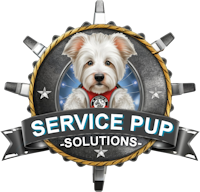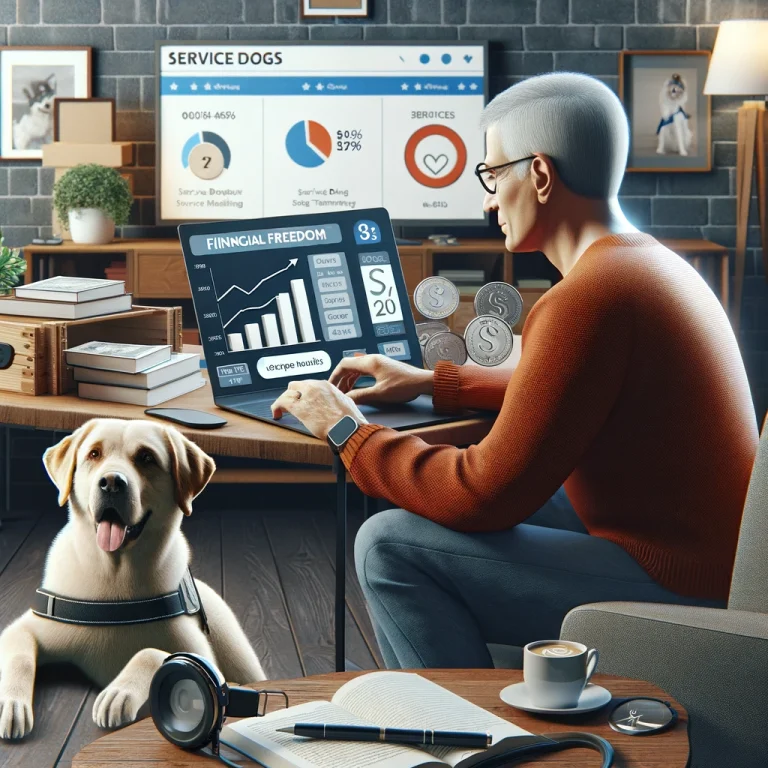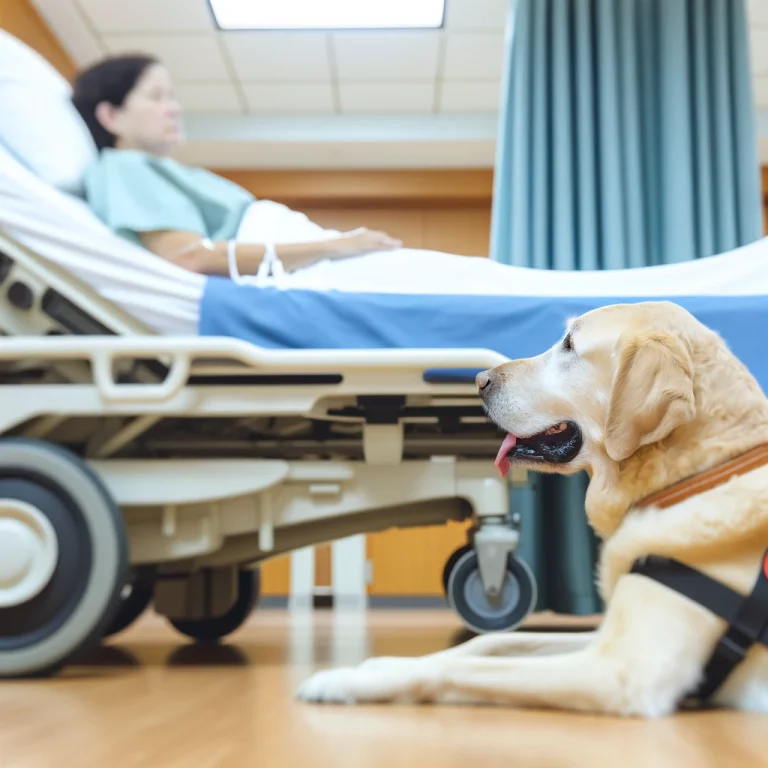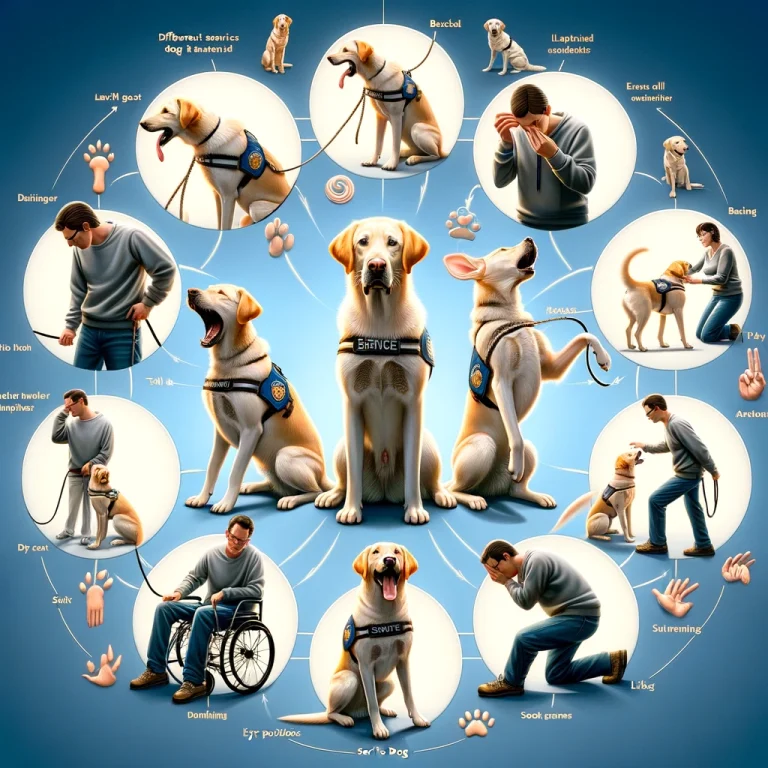Service dogs provide invaluable support for individuals with disabilities, enhancing their independence and quality of life. While general training programs equip service dogs with essential skills, custom training ensures that these dogs meet the specific needs of their handlers. In this blog post, we’ll explore the benefits of personalized service dog training, tailored training programs, and custom service dog techniques. By understanding these aspects, you can ensure that your service dog is perfectly suited to your unique requirements.
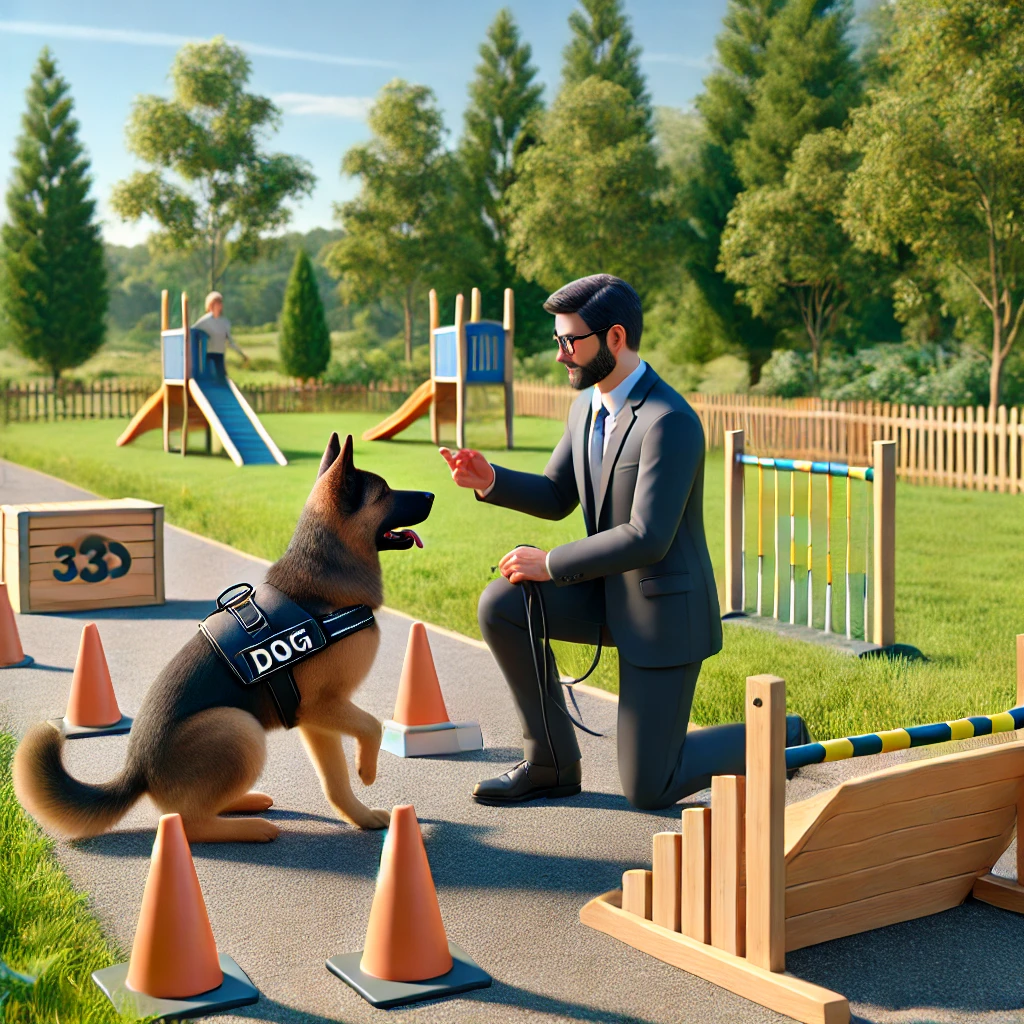
Understanding Personalized Service Dog Training
What is Personalized Service Dog Training?
Personalized service dog training involves customizing the training process to meet the unique needs of the handler. Unlike standard training programs, which cover a broad range of tasks, personalized training focuses on the specific tasks and behaviors that will best support the individual.
Benefits of Personalized Training
Personalized training offers several benefits:
- Targeted Support: The training focuses on the specific tasks the handler needs assistance with, ensuring the service dog is highly effective.
- Improved Bonding: Custom training can strengthen the bond between the handler and the service dog, as the dog learns to respond to the handler’s unique cues and needs.
- Enhanced Performance: Dogs trained for specific tasks tend to perform better and are more reliable in critical situations.
Identifying Your Needs
Before starting personalized training, it’s essential to identify your specific needs. This can include tasks like mobility assistance, medical alert, emotional support, or other specialized tasks. Consult with a professional trainer to create a comprehensive list of tasks that your service dog will need to perform.
Tailored Training Programs
Developing a Tailored Training Plan
A tailored training program is designed based on the handler’s unique requirements. This involves several steps:
- Assessment: A thorough assessment of the handler’s needs and the dog’s abilities.
- Goal Setting: Defining clear, achievable goals for the training process.
- Customized Training Techniques: Implementing training techniques that are specifically suited to the tasks at hand.
Implementing the Training Program
Once the training plan is developed, it’s time to implement it. This involves consistent practice, positive reinforcement, and regular evaluations to ensure progress. Adjustments may be needed based on the dog’s performance and the handler’s evolving needs.
Working with Professional Trainers
Working with professional trainers who specialize in personalized service dog training can significantly enhance the effectiveness of the program. These trainers have the expertise to customize training methods and ensure that the service dog meets all the specific needs of the handler.
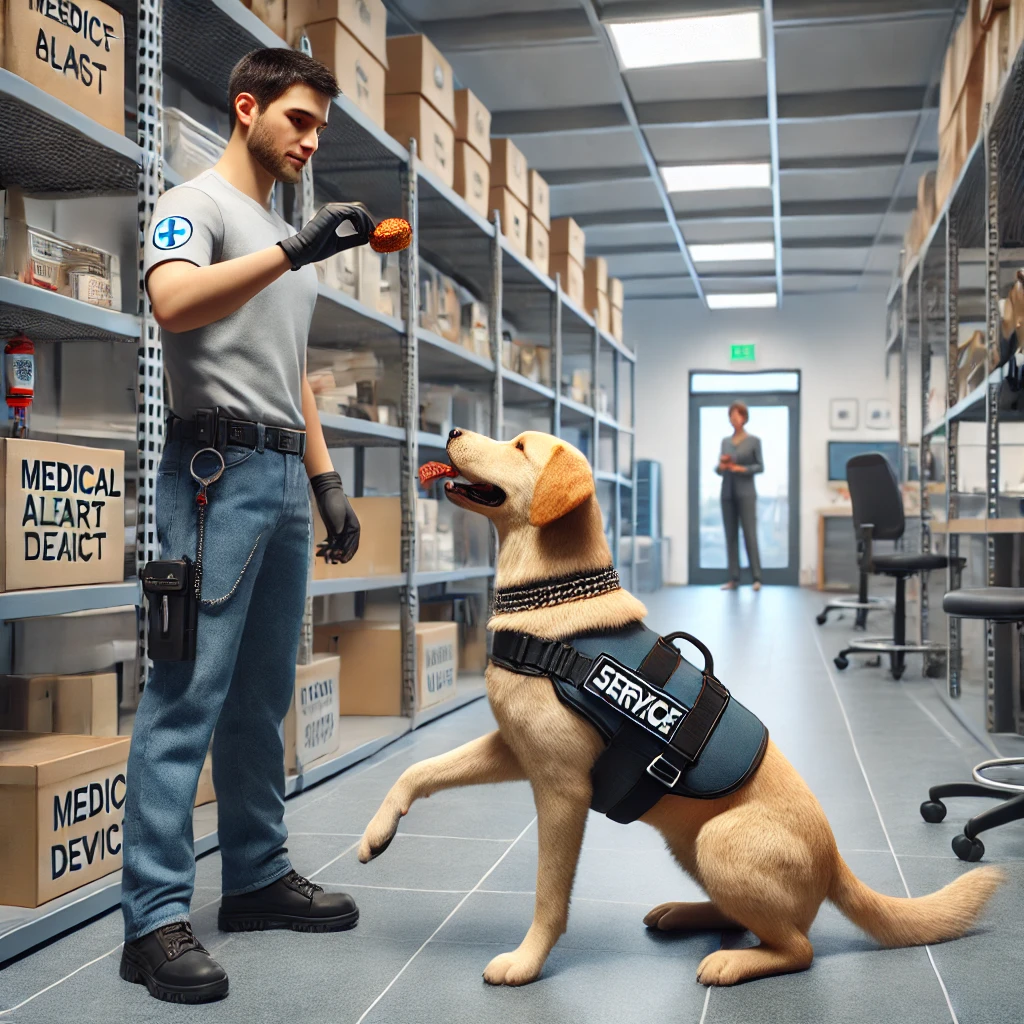
Custom Service Dog Techniques
Specialized Task Training
Custom service dog techniques involve training dogs to perform specialized tasks that are not typically covered in standard programs. Some examples include:
- Medical Alerts: Training dogs to detect changes in blood sugar levels, heart rates, or signs of an impending seizure.
- Mobility Assistance: Teaching dogs to help with walking, retrieving items, opening doors, and providing balance support.
- Emotional Support: Training dogs to recognize signs of anxiety or panic attacks and respond appropriately to provide comfort.
Adaptive Training Methods
Adaptive training methods are used to ensure that the service dog can perform tasks effectively in various environments and situations. This can include training in different locations, exposing the dog to various stimuli, and practicing tasks under different conditions.
Ongoing Training and Maintenance
Custom training doesn’t end once the initial program is completed. Ongoing training and maintenance are crucial to ensure that the service dog continues to perform its tasks effectively. This includes regular practice sessions, refreshing skills, and adapting to any new needs that may arise.
The Importance of Pet Insurance and Service Dog Products
Investing in Pet Insurance
Investing in pet insurance is crucial for service dog owners. Pet insurance can help cover the cost of routine veterinary care, emergency treatments, and specialized medical procedures. Ensuring your service dog remains healthy is essential for their effectiveness in providing support.
Essential Service Dog Products
Using the right service dog products can enhance your dog’s comfort and effectiveness. Consider items such as service dog vests, leashes, harnesses, and training tools. These products ensure that your dog is easily identifiable as a working animal and can perform their tasks efficiently.
Self-Training Options
Resources for Self-Training
For those interested in self-training their service dog, resources are available through ServiceDogOwners.com. This includes training guides, instructional videos, and support forums. Self-training can be a cost-effective and personalized approach to preparing your service dog for its role.
Benefits of Self-Training
Self-training allows you to customize the training process fully, ensuring that it aligns perfectly with your needs. It also helps strengthen the bond between you and your service dog, as you work together closely throughout the training process.
Real Stories of Custom Training Success
Sarah’s Experience
Sarah, who has a mobility disability, shares her story of training her service dog, Bella. “With personalized service dog training, Bella learned exactly what I needed. She helps me with daily tasks like opening doors and retrieving items, making my life so much easier.”
Tom’s Journey
Tom, a veteran with PTSD, talks about his experience with custom training for his service dog, Max. “Max’s training was tailored to help me manage my anxiety. He’s been trained to recognize the signs of an impending panic attack and provide the comfort and support I need.”
Conclusion
Custom training for service dogs ensures that these incredible animals can provide the specific support their handlers need. By focusing on personalized service dog training, tailored training programs, and custom service dog techniques, you can enhance the effectiveness of your service dog. Investing in pet insurance and using the right service dog products further supports their well-being and performance. Whether you choose professional training or self-training options through ServiceDogOwners.com, ensuring your service dog is well-prepared and supported is essential for their success.
At ServicePupSolutions.com, we are committed to providing you with the resources and information necessary to navigate the world of service dogs safely. By staying informed and vigilant, you can enjoy the many benefits that a custom-trained service dog can provide.
Searching for a way to boost your income while keeping your service dog by your side? Learn how to launch a Side Hustle or new career and increase your earnings alongside your loyal companion. Click Here to find out more and start your journey today!
